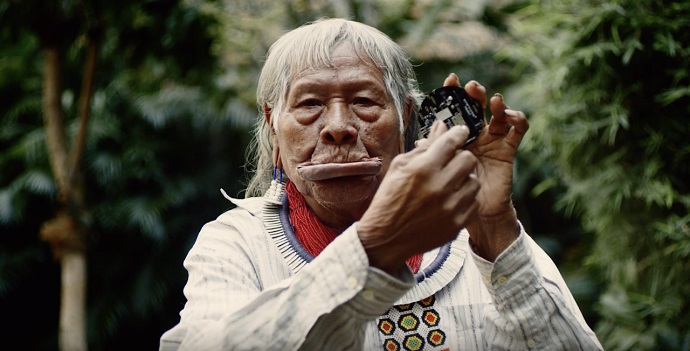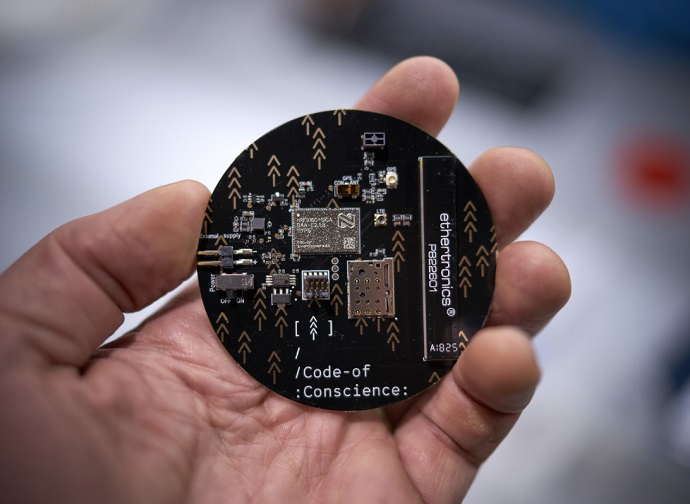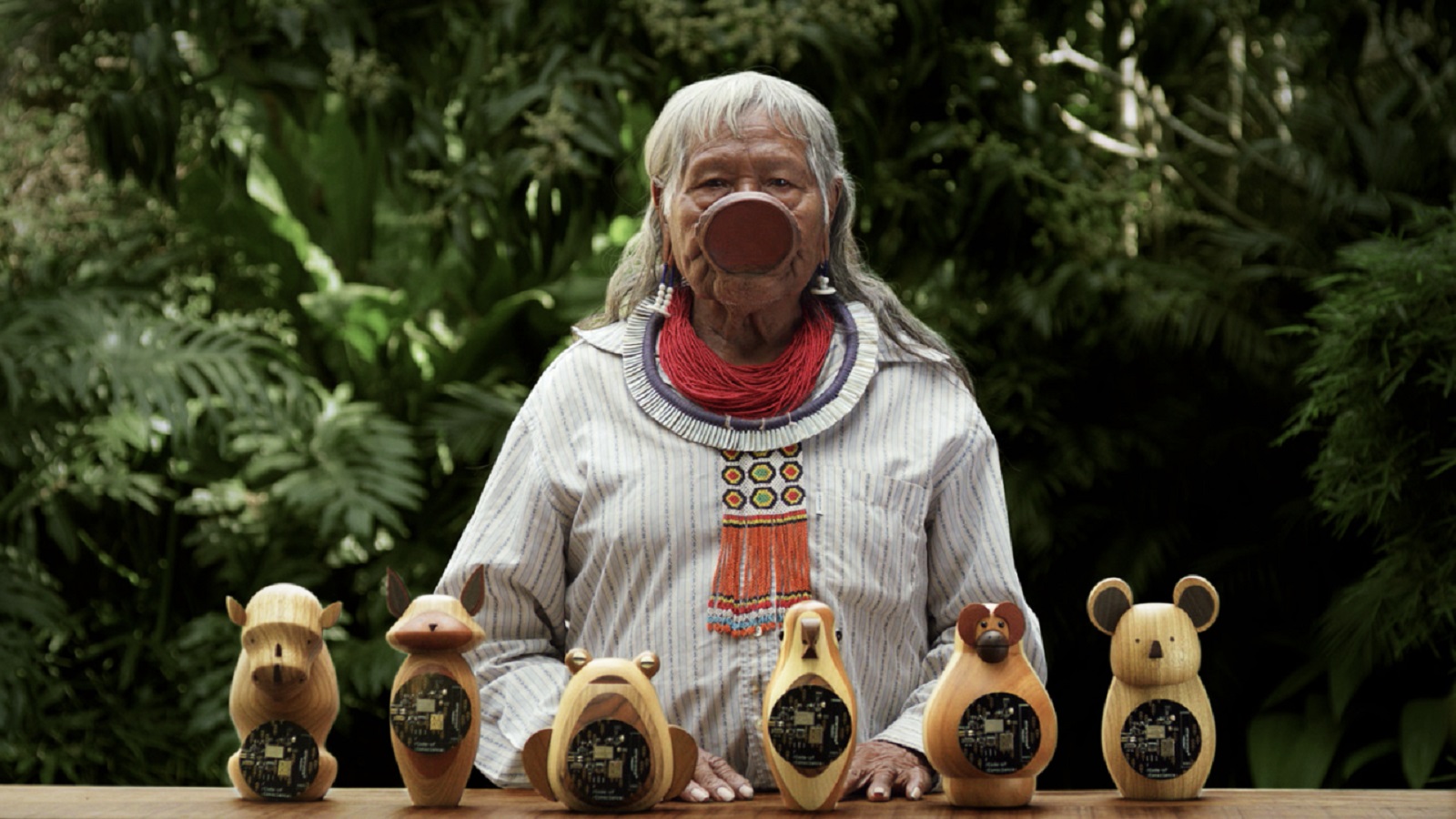Forests have long been threatened by a variety of agents. Amongst them, the most damaging are hurricanes, droughts, ice storms, fires, and insect outbreaks. Yet, the worst of it all is the fact that these events are the result of human activity – now, add climate change to the mix, which is also a result of the human actions. What you get is not a great situation for the lungs of the world. You probably weren’t aware of this, but around one-third of the world’s forests are under threat from human activity. Just look at what the Amazon rainforest is currently going through…
There is already a need to do something to change this terrible status quo. Mother London agency tried their best by promoting a campaign for Iceland in which a baby orangutan explains to a child what the destruction of its habitat means to its life and to other animals. And the agency wasn’t the only player to show the consequences of deforestation. Look at Trapa Chocolates’ take from a few months ago: Together with FCB&FiRe agency, Spain’s leading chocolate brand threw a photo session to capture an ‘unrepeatable’ photo with the aim to track down the deforestation.
Sadly, none of these campaigns worked. Until now…

Creative agency AKQA Brazil came up with an idea to cut these evil goings right at the root. In collaboration with NGOs from around the world, the agency launched an open-source software titled ‘Code of Conscience’, which is a useful tool that can be used to restrict the use of heavy-duty machines in protected land areas.
The software uses open-source mapping data from the United Nations World Database on Protected Areas in conjunction with the already-existing GPS technologies that are installed in common construction vehicles. This autonomously restricts deforestation teams from accessing protected lands, an activity happening far too often despite being illegal. To further support the initiative, the agency developed a low-cost chip that has been specially designed to spread the code into older, non-GPS models. The template is available for free at the website that supports the project, CodeofConscience.org.
An invitation that includes the Code of Conscience chip nicely embedded within a wooden sculpture of an endangered animal has been sent to CEOs around the world – to those that lead the world’s top ten construction equipment manufacturers. The point of the invitation was to make manufacturers equip all of their machines with the inventive hardware.

To raise awareness about the chip and the movement, chief Raoni Metuktire—the most prominent Native Brazilian leader and a living symbol of the mission to preserve the rainforest and its indigenous culture—was enlisted to narrate the video that supports the campaign. The chief himself affirms the urgent need for action: “May all heavy machine manufacturers and leaders come and see this. So that the tractors operate, but stop when they reach our land, our forest and so it continues to exist. It is for our awareness and for the forest to stand up.”
“The illegal destruction of nature affects everyone, whether through the reduction of biodiversity, violence against communities, degradation of soil, or the heating of our planet” adds AKQA’s Executive Creative Director, Hugo Veiga. “Code of Conscience now invites heavy-duty vehicle manufacturers to become part of the solution to these critical global problems. And it’s clearly economically viable; while it may deter some operators who wish to break environmental laws, it will attract the growing number of responsible organizations who recognize the strategic value in supporting the rainforest amidst an increasingly environmentally conscious world.”
To develop the code, Raoni Institute, which represents the Kayapó indigenous group and its mission to stop unfettered Amazonian destruction, as well as the Amazon Environmental Research Institute (IPAM), and the Peabiru Institute which promotes social diversity throughout the region, were all involved. The project’s big aim is to make the Code of Conscience become a federal law. Will they succeed?
Credits:
